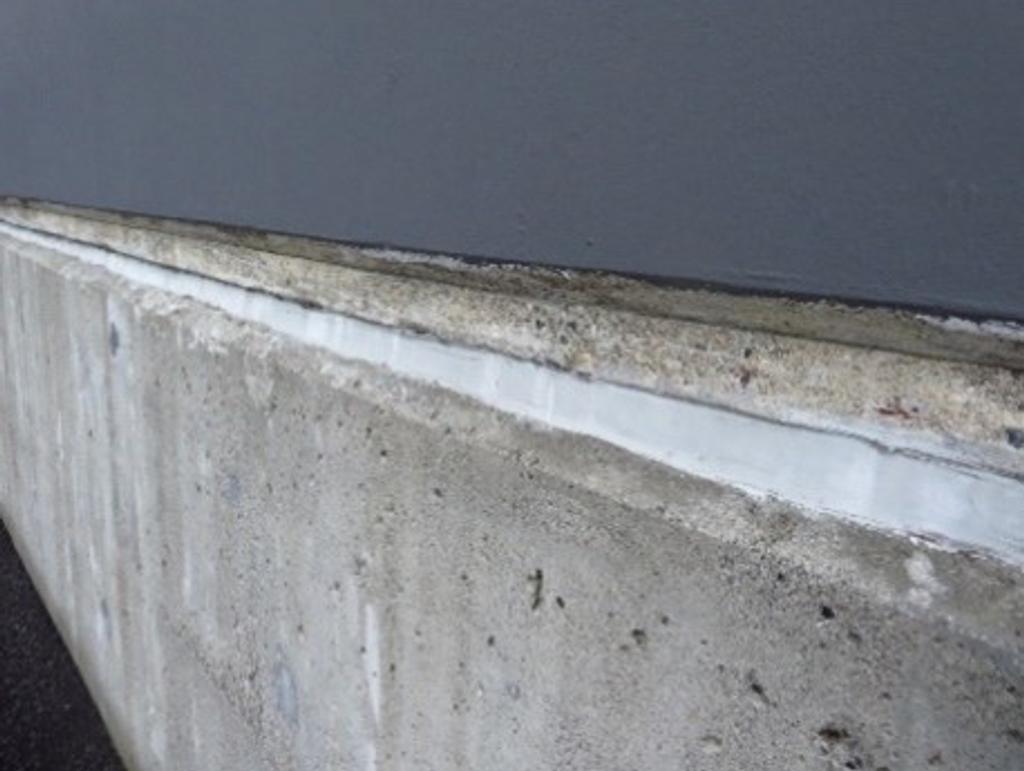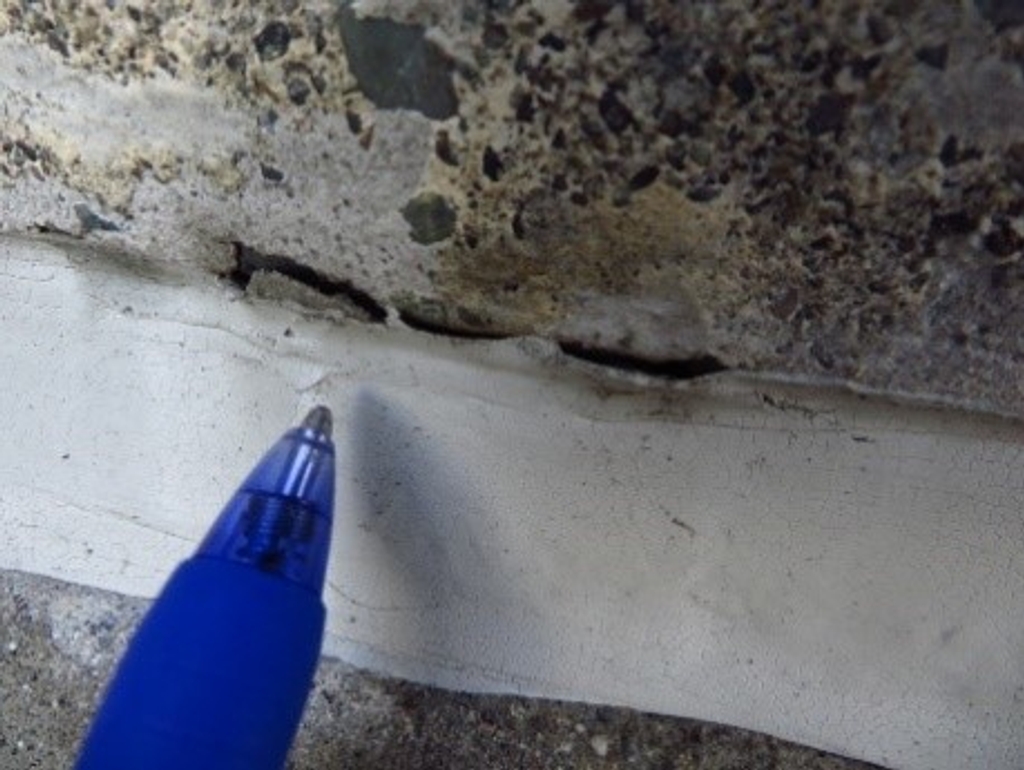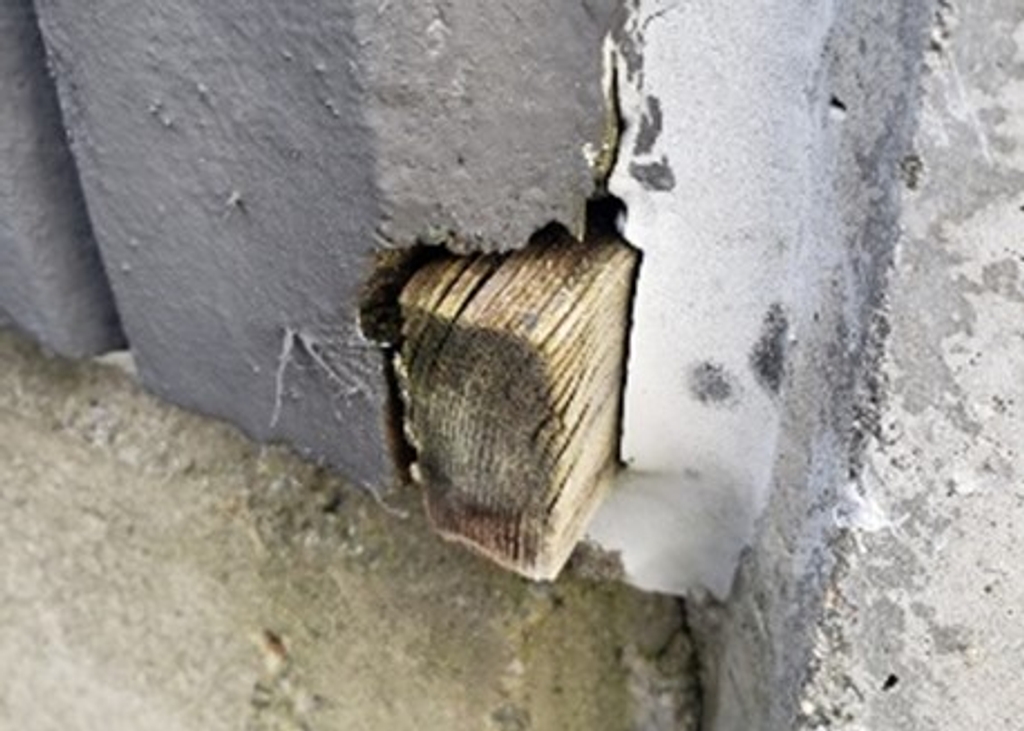Sealants – What are they and why are they important?
December 13, 2022 at 6:11 PM
As part of a re-coating project, or a major maintenance project, the assessment on the replacement of cold joint and control joint sealants should play an integral part in the decision-making process when drawing up the project’s specifications.
Modern construction utilizes lightweight masonry wall, rain-screen, render, and curtain wall systems which utilize sealant joints to provide weather seals against water ingress, heat and/or cold ingress and associated costs to heat or cool a building. These sealants will accommodate the settlement and movement of the building and allow for thermal expansion and contraction.

With both poured in place concrete multi story buildings and tilt-up vertical concrete walls there are cold joints at the base of each floor and control or expansion joints cut into the vertical walls of multi level buildings that form the natural vertical joint of sections of tilt-up wall construction. In all cases a sealant must be used to seal the building up tight. Sealing of the cold joints and the expansion joints lowers the risk of water ingress and damage. A properly prepared surface and installed sealant will protect the exterior of your building and subsequently the interior of the building as well.
Joint sealants also help to eliminate noise and acts as an insulator and therefore offers savings on the buildings power bill too! If a failure occurs in a sealant joint, it can affect the performance of the building envelope, and the structure as well as potentially damaging the internal finishes and furnishings. Buildings will expand and contract throughout their lifetimes and so with the Joint Sealants in sound and functioning condition fewer concrete repairs can be anticipated and lower maintenance costs in the long run.

As with most building components, joint sealants will need to be replaced over time. There are warning signs to look out for with the most obvious being if water is working its way into the building, then that is a problem. When joint sealants loose their integrity they will fail to keep the building airtight which can lead to water ingress and significant damage. Sealants become dry and eventually start to perish, crack, and delaminate at the edges which can lead to concrete damage as well as water ingress. Typically, joint sealants last 5 to 10 years if uncoated or 15 to 20 years if regularly recoated and maintained. Generally, sealants should be repaired or replaced about every 10 years and most definitely included as part of a re-coating or major maintenance project.
Inspec Consulting Services is the lower mainland’s leading coatings industry inspection company. Our highly experienced coatings inspectors will inspect your building in detail and provide you with our IPASS Report which will provide you with a snapshot of the current condition, uncover the issues affecting the coatings and sealants, and give an approximation of the life expectancy of the coatings and sealants on your building.
